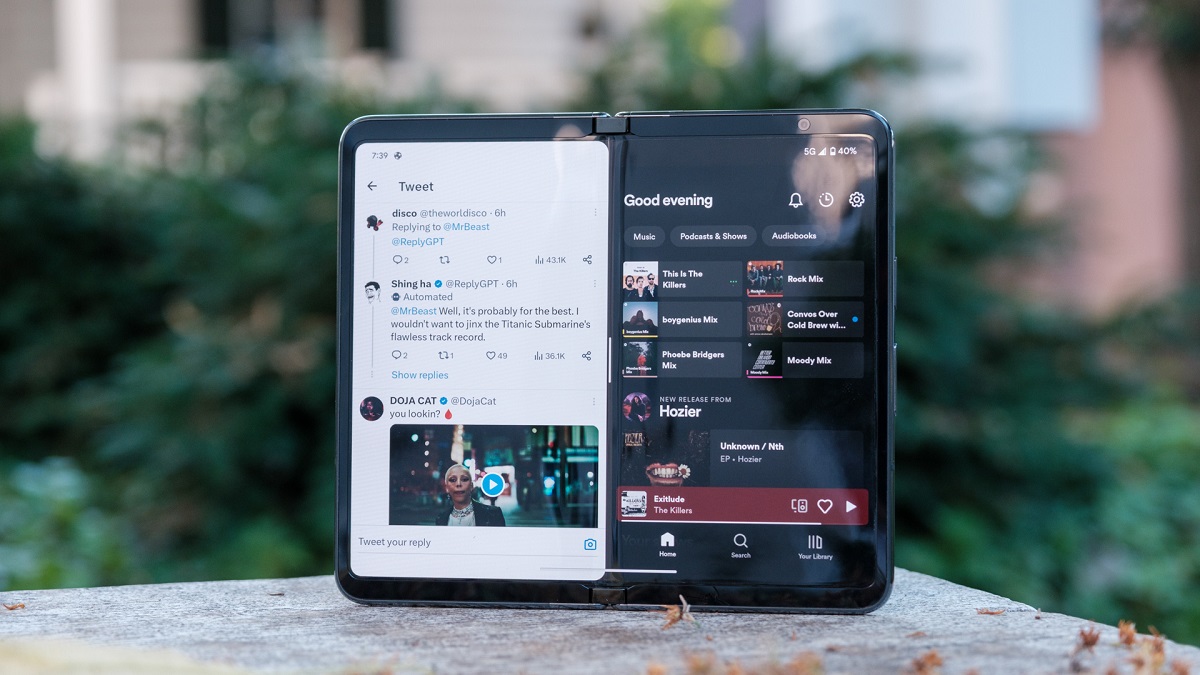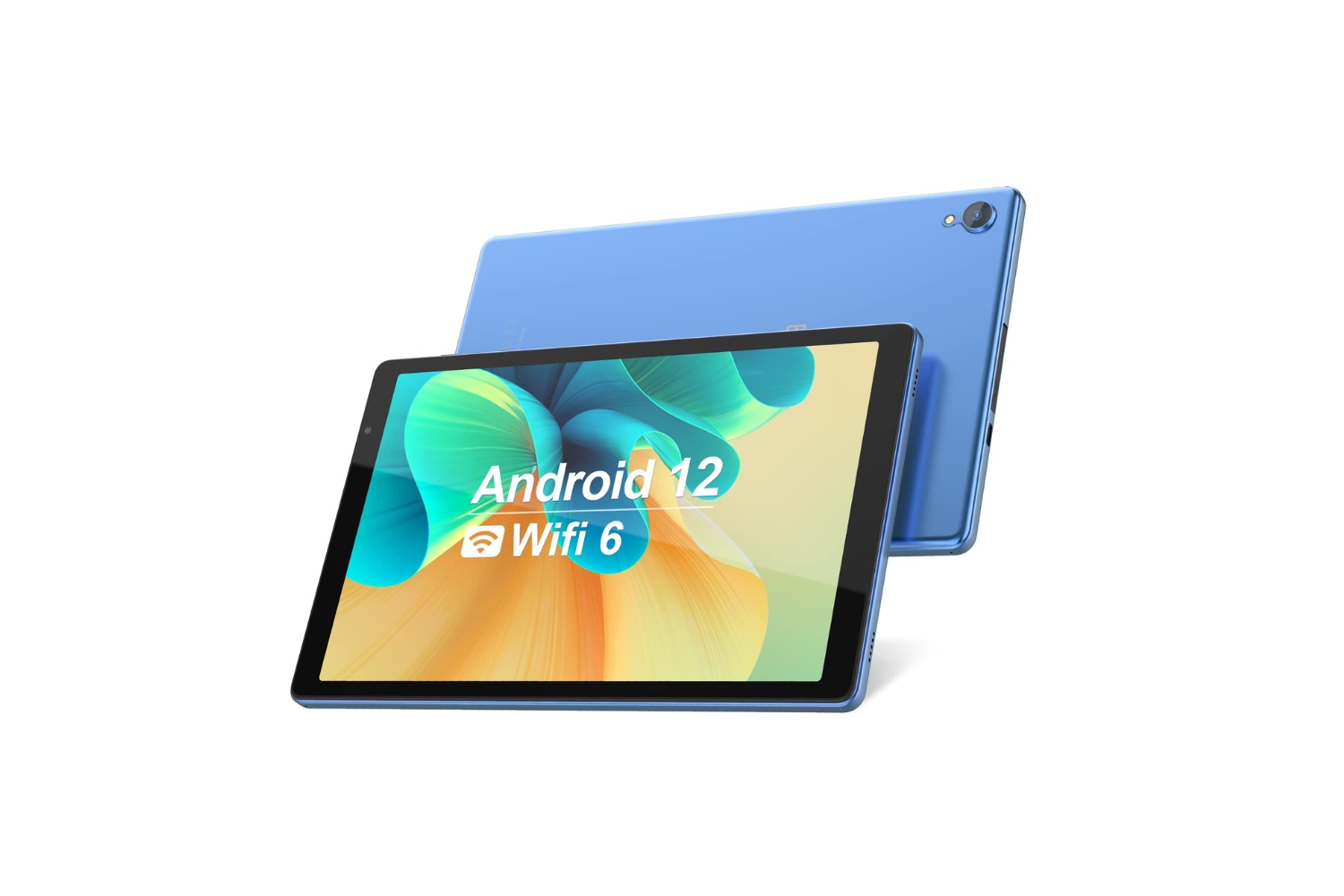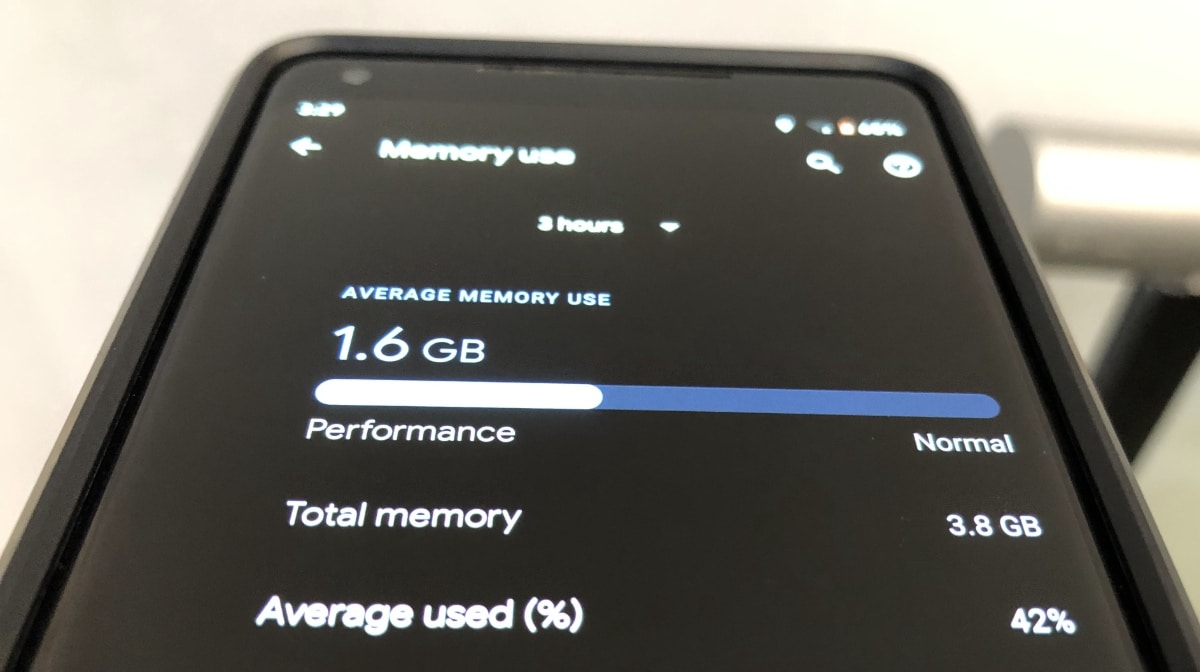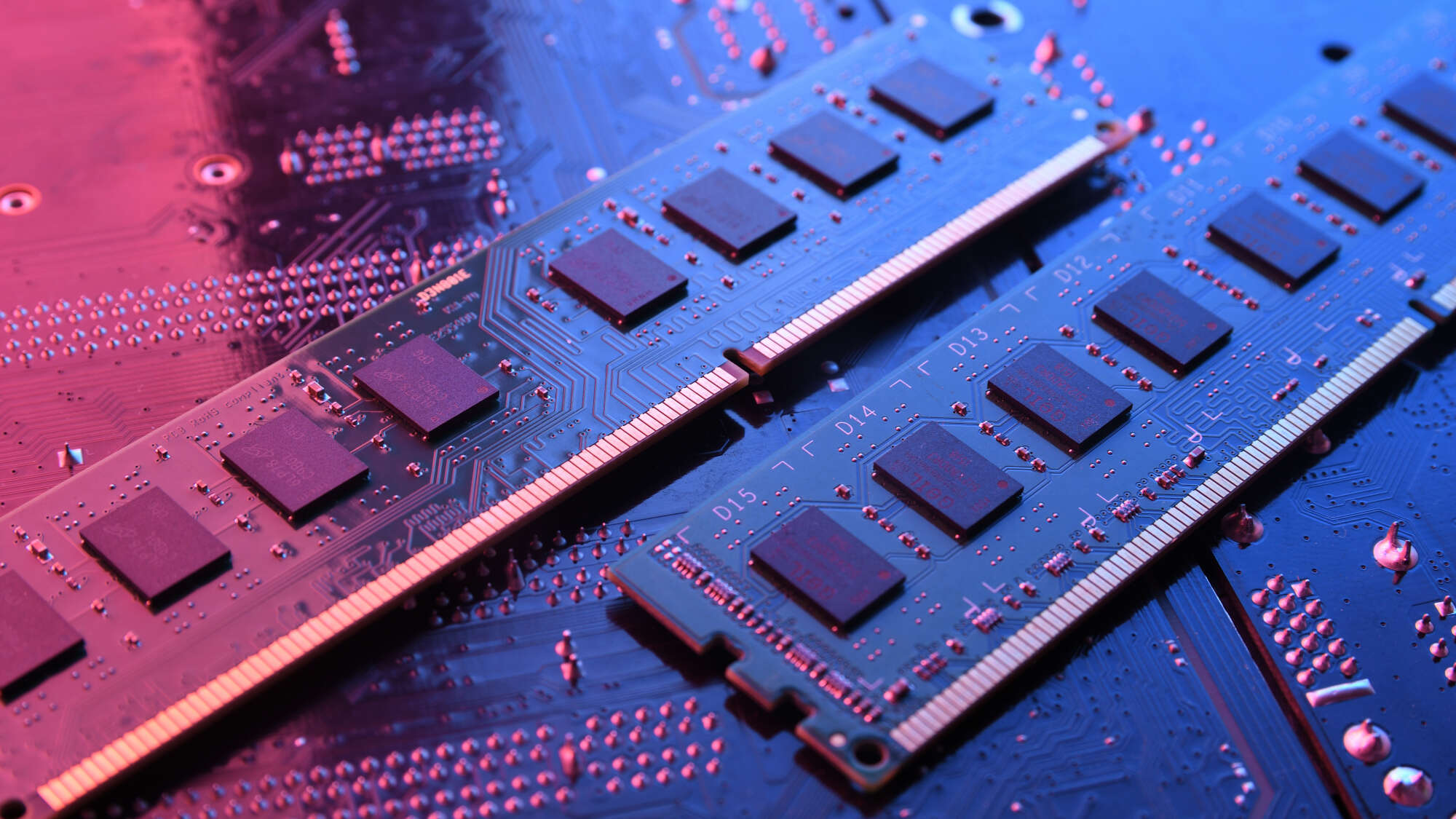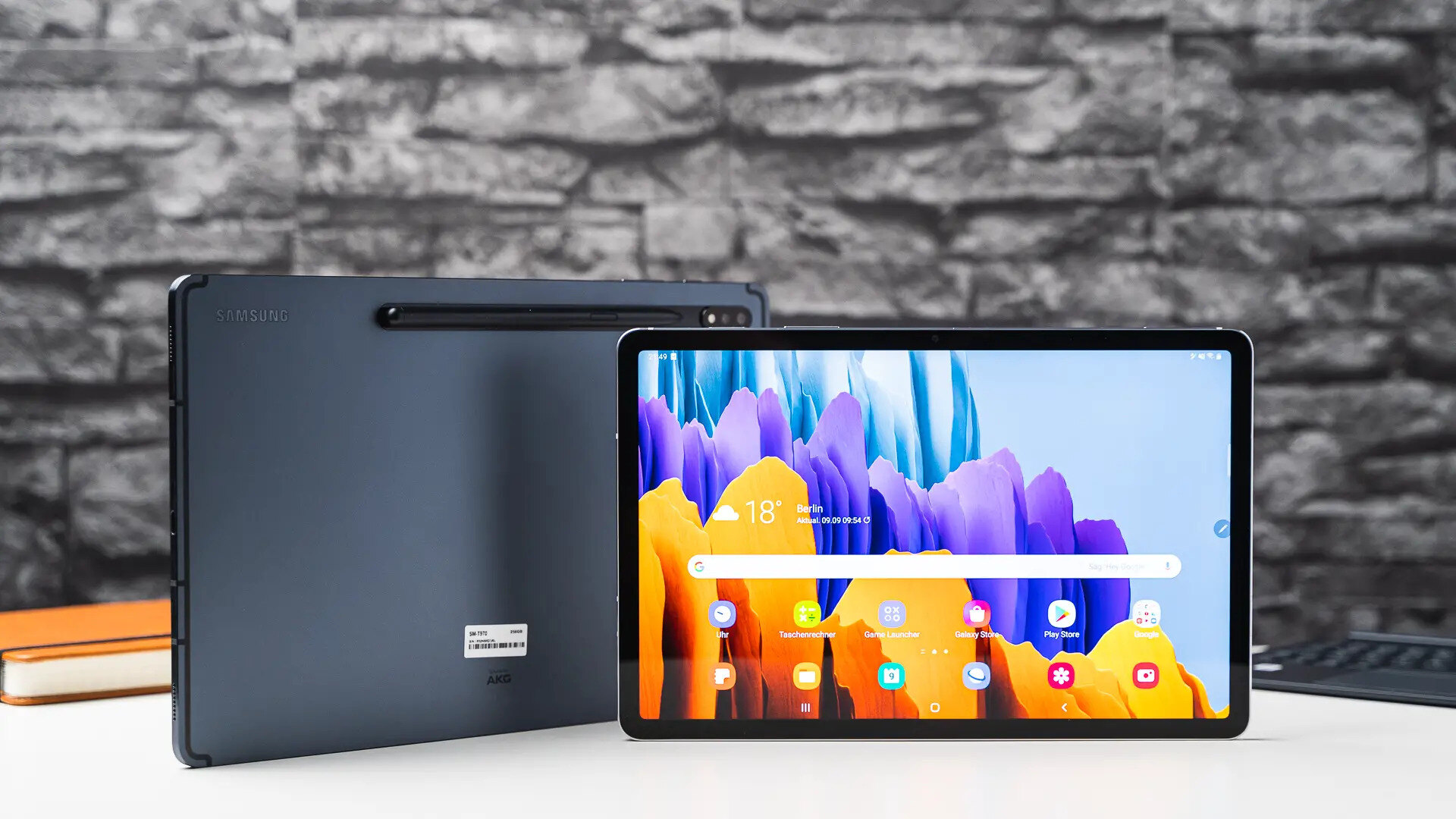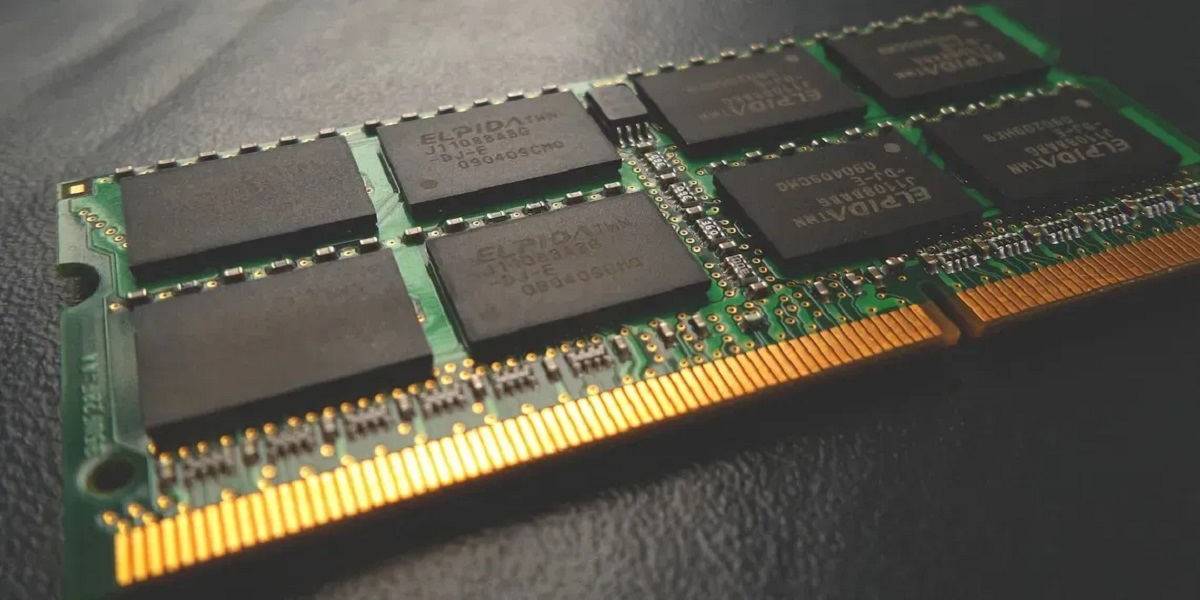Introduction
When it comes to choosing an Android tablet, one of the key factors to consider is the amount of RAM it has. RAM, or Random Access Memory, plays a crucial role in the performance and overall user experience of an Android tablet. It acts as a temporary storage space for data that is actively being used by the device’s operating system and applications.
However, for many users, figuring out how much RAM they actually need for their Android tablet can be a confusing task. With a wide range of options available, it’s important to understand the significance of RAM and its impact on the tablet’s performance.
In this article, we will explore the importance of RAM in Android tablets, factors to consider when choosing the RAM size, recommended RAM sizes for different types of tablets, and some tips for maximizing RAM performance. Whether you’re a casual user, a student, or a professional, this guide will help you make an informed decision about the RAM requirements of your Android tablet.
To understand the importance of RAM in an Android tablet, imagine it as the working memory of your device. Just like a table with limited space, the more objects you place on it, the more crowded and cluttered it becomes. Similarly, when you open multiple applications or run resource-intensive tasks on your tablet, they require a certain amount of memory space to function smoothly.
Having an adequate amount of RAM ensures that your tablet can handle multitasking efficiently and doesn’t slow down or freeze when you switch between apps or perform demanding tasks. It also affects the overall responsiveness of the device, enabling smoother transitions and faster app loading times. So, having enough RAM is crucial for a lag-free and satisfying user experience.
Next, let’s explore the different factors you should consider when determining the appropriate RAM size for your Android tablet.
RAM and its Importance in Android Tablets
RAM, or Random Access Memory, is a critical hardware component in Android tablets that directly impacts its performance and usability. It functions as the temporary storage where the device holds data and instructions that are actively being used by the operating system and running applications.
With the increasing complexity of applications and the growing demand for multitasking capabilities, having sufficient RAM in your Android tablet is essential. The RAM size determines how much data your tablet can handle at a given time, which directly affects the speed, responsiveness, and overall smoothness of the device.
When you open an application, it loads data and instructions from the tablet’s internal storage into the RAM. The more RAM available, the more data can be stored and accessed quickly, eliminating the need to retrieve information from slower storage options such as the hard drive or solid-state drive.
Without enough RAM, your tablet may struggle to keep up with multiple tasks and may experience lag, freezing, or crashes. You might notice apps taking longer to launch, sluggish switching between applications, or delays in responding to user inputs. This can greatly impact your productivity and overall user experience.
Furthermore, RAM is crucial for efficient multitasking. It allows you to switch between open applications seamlessly, without needing to reload them every time. For instance, if you’re working on a document, browsing the web, and listening to music simultaneously, having ample RAM ensures that each of these tasks receives the resources it needs to function smoothly, without significant slowdowns.
Additionally, RAM plays a vital role in the performance of memory-intensive tasks, such as gaming, video editing, or running resource-demanding applications. These tasks require a significant amount of RAM to process information quickly and provide an immersive and responsive user experience. With insufficient RAM, you may experience choppy frame rates, longer loading times, and overall diminished performance.
Overall, a sufficient amount of RAM in your Android tablet is crucial for optimal performance, smooth multitasking, and an enjoyable user experience. The RAM size you choose should be based on your specific usage needs, which we will discuss further in the next section.
Factors to Consider when Choosing RAM Size
Choosing the right RAM size for your Android tablet is crucial to ensure optimal performance. While it may be tempting to go for the highest RAM capacity available, it’s important to consider your specific needs and usage patterns to make an informed decision. Here are some key factors to consider when choosing the RAM size for your Android tablet:
- Intended Usage: Consider how you plan to use your tablet. Are you a casual user who primarily uses it for web browsing, email, and social media? Or are you a power user who engages in resource-intensive activities such as gaming or video editing? High RAM capacity is more important for those who engage in memory-intensive tasks, while moderate RAM capacity may suffice for casual users.
- Number of Open Applications: If you frequently multitask and have multiple applications open simultaneously, you’ll benefit from a higher RAM capacity. This will allow your tablet to handle the memory requirements of multiple apps simultaneously, resulting in faster switching between apps and smoother overall performance.
- Operating System: Consider the version of the Android operating system running on your tablet. Newer versions tend to be more resource-intensive, requiring more RAM to perform optimally. If your tablet is running the latest version of Android, it’s advisable to opt for a higher RAM size to ensure smooth operation.
- Future Proofing: Think about how long you plan to use your tablet without upgrading. As new applications and operating system updates are released, they often require more resources. Choosing a tablet with a higher RAM capacity can help future-proof your device, ensuring it remains capable of handling future demands.
- Budget: Naturally, budget is an important consideration when choosing an Android tablet. Higher RAM capacity often comes with a higher price tag. Assessing your budget and finding the right balance between performance and cost is essential.
By considering these factors, you can determine the optimal RAM size for your Android tablet that aligns with your usage requirements and budget. In the next section, we will explore the recommended RAM sizes for different types of Android tablets.
Usage Scenarios for Different RAM Sizes
The optimal RAM size for an Android tablet depends on the specific usage scenarios and the level of performance you seek. Here are some common usage scenarios and the recommended RAM sizes for each:
- Casual Use: If you primarily use your tablet for casual browsing, social media, email, and light productivity tasks, a tablet with 2GB to 4GB of RAM is generally sufficient. This range of RAM capacity can handle basic tasks without significant slowdowns and provide a smooth user experience.
- Productivity and Multitasking: For users who frequently multitask, work with productivity apps, and have multiple applications open simultaneously, a tablet with 4GB to 6GB of RAM is recommended. This additional RAM capacity allows for smoother task-switching and eliminates potential slowdowns when working with memory-intensive apps.
- Gaming and Media Consumption: If you’re a gaming enthusiast or enjoy streaming high-definition media, a tablet with 6GB to 8GB of RAM is desirable. This increased RAM capacity ensures smooth gameplay, faster loading times, and seamless streaming of media content. It allows for better graphics rendering and prevents lags and stuttering during resource-intensive activities.
- Professional and Resource-Intensive Tasks: Professionals who engage in resource-intensive tasks like video editing, graphic design, or running virtual machines would benefit from a tablet with 8GB or more of RAM. This level of RAM allows for smooth processing of demanding applications, faster data access, and efficient multitasking without sacrificing performance.
Keep in mind that these recommendations are general guidelines, and your specific requirements may vary. It’s essential to assess your usage patterns, the intensity of tasks you perform, and the longevity you expect from your tablet when selecting an appropriate RAM size.
It’s worth noting that some high-end Android tablets offer even larger RAM capacities, such as 12GB or 16GB. These high RAM sizes are generally recommended for power users who engage in extremely resource-intensive tasks or those who prefer to future-proof their devices for several years.
Next, we will discuss the recommended RAM sizes for different categories of Android tablets, based on their performance and price range.
Recommended RAM Sizes for Entry-level Android Tablets
Entry-level Android tablets are often designed for basic everyday tasks, such as web browsing, email, social media, and light productivity. These tablets are typically budget-friendly options that provide essential functionality. Here are the recommended RAM sizes for entry-level Android tablets:
- 2GB of RAM: Entry-level Android tablets typically come with 2GB of RAM. This RAM capacity is suitable for casual users who primarily use their tablets for browsing the web, checking emails, using social media apps, and performing basic productivity tasks. It provides enough memory to handle these tasks smoothly without significant slowdowns.
- 3GB to 4GB of RAM: Some entry-level tablets may offer slightly higher RAM capacities, ranging from 3GB to 4GB. These extra gigabytes of RAM provide a bit more breathing room for multitasking and running multiple applications simultaneously. They can be beneficial for users who want a bit more flexibility and smoother performance when switching between apps.
Entry-level Android tablets often strike a balance between affordability and basic functionality. While they may have limited RAM compared to higher-end models, they can still deliver a satisfactory user experience for users with modest usage requirements.
It’s important to note that entry-level tablets may have other hardware limitations, such as slower processors or lower-resolution displays. As such, it’s crucial to consider the overall specifications of the tablet in addition to the RAM size when making a purchase decision.
In the next section, we will explore the recommended RAM sizes for mid-range Android tablets, which offer a balance of performance and affordability.
Recommended RAM Sizes for Mid-range Android Tablets
Mid-range Android tablets offer a step up in performance and features compared to entry-level tablets, making them suitable for a wider range of tasks and usage scenarios. Here are the recommended RAM sizes for mid-range Android tablets:
- 4GB of RAM: Many mid-range Android tablets come equipped with 4GB of RAM. This RAM capacity is ideal for users who engage in multitasking, run multiple apps simultaneously, and require a smooth and responsive user experience. It allows for seamless switching between applications and ensures efficient handling of moderately memory-intensive tasks.
- 6GB of RAM: Some mid-range tablets may offer 6GB of RAM, providing an additional boost in performance for more demanding tasks. This increased RAM capacity is suitable for power users who engage in a variety of memory-intensive activities such as gaming, media editing, or running productivity apps with high memory requirements. It allows for smoother operation and enhances overall multitasking capabilities.
Mid-range Android tablets strike a balance between affordability and performance, making them suitable for a wide range of users. They offer better processing power, improved display quality, and additional features compared to entry-level tablets. With the recommended RAM sizes mentioned above, mid-range tablets can deliver a more responsive and capable user experience.
When considering a mid-range tablet, it’s important to assess your specific usage needs and determine the right RAM size accordingly. If you engage in tasks that require more memory or frequently use resource-intensive apps, opting for a tablet with a higher RAM capacity can provide a smoother and more efficient user experience.
In the next section, we will discuss the recommended RAM sizes for high-end Android tablets that cater to power users and those with demanding usage scenarios.
Recommended RAM Sizes for High-end Android Tablets
High-end Android tablets are designed to provide top-of-the-line performance and cater to power users who engage in resource-intensive tasks and demanding usage scenarios. These tablets offer advanced features, superior display quality, and enhanced processing power. Here are the recommended RAM sizes for high-end Android tablets:
- 6GB to 8GB of RAM: High-end Android tablets typically come equipped with 6GB to 8GB of RAM. This RAM capacity ensures smooth multitasking, efficient handling of memory-intensive applications, and seamless operation even under demanding scenarios. Whether you’re a professional working with resource-intensive software, a gamer seeking optimal performance, or a media enthusiast who wants a flawless streaming experience, this range of RAM capacity is ideal.
- 12GB or More of RAM: Some high-end Android tablets may even offer 12GB or more of RAM for users who require maximum performance and future-proofing. This higher RAM capacity allows for even more efficient multitasking, faster app loading times, and improved responsiveness. It caters to those who engage in extremely memory-intensive activities, such as professional video editing or running multiple virtual machines simultaneously.
High-end Android tablets provide a premium user experience and are capable of handling the most demanding tasks. The recommended RAM sizes mentioned above offer the necessary firepower to deliver smooth performance, responsiveness, and seamless multitasking.
It’s important to note that high-end tablets often come with other advanced features such as high-resolution displays, powerful processors, and extensive storage options. These tablets are suitable for users who seek the best performance and have high usage requirements, whether it’s for work, entertainment, or both.
When considering a high-end Android tablet, assessing your specific needs and usage patterns is crucial. The recommended RAM sizes mentioned above will ensure that your tablet can handle any task you throw at it, providing an unmatched experience.
In the next section, we will provide some tips for maximizing RAM performance on Android tablets, regardless of the RAM size.
Tips for Maximizing RAM Performance on Android Tablets
While having a sufficient amount of RAM is essential for optimal performance on an Android tablet, there are also several tips and tricks you can follow to maximize the efficiency and utilization of the available RAM. Here are some tips for maximizing RAM performance on your Android tablet:
- Close Unused Apps: Close any unused apps running in the background. These apps consume valuable RAM resources even when not actively used. You can access the list of running apps by tapping the Recent Apps button and swipe away the apps you no longer need.
- Limit Widget Usage: Be cautious when using widgets on your home screen as they continuously consume system resources, including RAM. Consider removing unnecessary widgets or reducing their usage to free up RAM.
- Clear Cache and Clear Memory: Clearing cache and memory regularly can help free up RAM. Go to the device settings, find the Apps or Storage section, and navigate to each app to clear its cache and memory. You can also use optimization apps available on the Play Store to automate this process.
- Disable Unnecessary Background Syncing: Several apps run background syncing processes that consume RAM and data. Disable or limit syncing for apps that you don’t need to keep constantly updated, such as less frequently used email accounts or social media apps.
- Use Lightweight Apps: Opt for lightweight versions of apps whenever possible. These versions are designed to use fewer system resources, including RAM, providing a smoother experience on devices with limited memory capacity.
- Keep Your Tablet Updated: Regularly updating your Android tablet’s operating system and installed apps can help optimize RAM usage and improve overall performance. Updates often include bug fixes, performance improvements, and memory optimizations.
- Manage Background Processes: Some apps may continue running background processes even after you’ve closed them. Use built-in or third-party task manager apps to monitor and manage these processes to free up RAM resources.
- Avoid Heavy Multitasking: While Android tablets are capable of multitasking, excessive multitasking with memory-intensive apps can strain the available RAM. Avoid having too many resource-demanding apps open simultaneously to maintain optimal performance.
- Restart Your Tablet: Restarting your tablet periodically can help free up RAM by closing all running processes and starting with a clean slate. This can resolve performance issues and ensure efficient RAM utilization.
By following these tips, you can optimize the RAM performance on your Android tablet, regardless of the RAM size. These practices will help ensure that your tablet runs smoothly, provides quicker app load times, and enhances overall user experience.
In the next section, we will conclude our guide on choosing the right RAM size for your Android tablet and provide a summary of the key points discussed throughout the article.
Conclusion
Choosing the right RAM size is a crucial aspect when selecting an Android tablet. RAM plays a vital role in the performance, multitasking capabilities, and overall user experience of the device. By considering factors such as intended usage, number of open applications, operating system, future-proofing, and budget, you can determine the most appropriate RAM size for your needs.
For entry-level Android tablets, a RAM size of 2GB to 4GB is generally sufficient to handle basic tasks and provide a smooth user experience. Mid-range tablets, on the other hand, benefit from 4GB to 6GB of RAM for efficient multitasking and improved performance. High-end tablets, designed for power users and demanding usage scenarios, require a RAM size of 6GB or more to handle memory-intensive tasks seamlessly.
Regardless of the RAM size, there are several tips for maximizing RAM performance, such as closing unused apps, clearing cache and memory, disabling background syncing, and using lightweight apps. These practices help optimize the available RAM and enhance the tablet’s performance.
By making an informed decision about the RAM size of your Android tablet, you can ensure a satisfying user experience that meets your specific needs and usage patterns. Consider your requirements, budget, and the balance between performance and affordability. Don’t forget to assess the overall specifications of the tablet, including display quality, processor, and storage options.
Remember, RAM is just one factor in the overall performance of an Android tablet. It works in conjunction with other hardware components and software optimizations to deliver a smooth and responsive user experience. Keeping your tablet updated and following best practices for efficient RAM usage will contribute to the longevity and optimal performance of your device.
With these considerations in mind, you can confidently choose an Android tablet with the appropriate RAM size that aligns with your needs and provides a seamless and enjoyable user experience.







